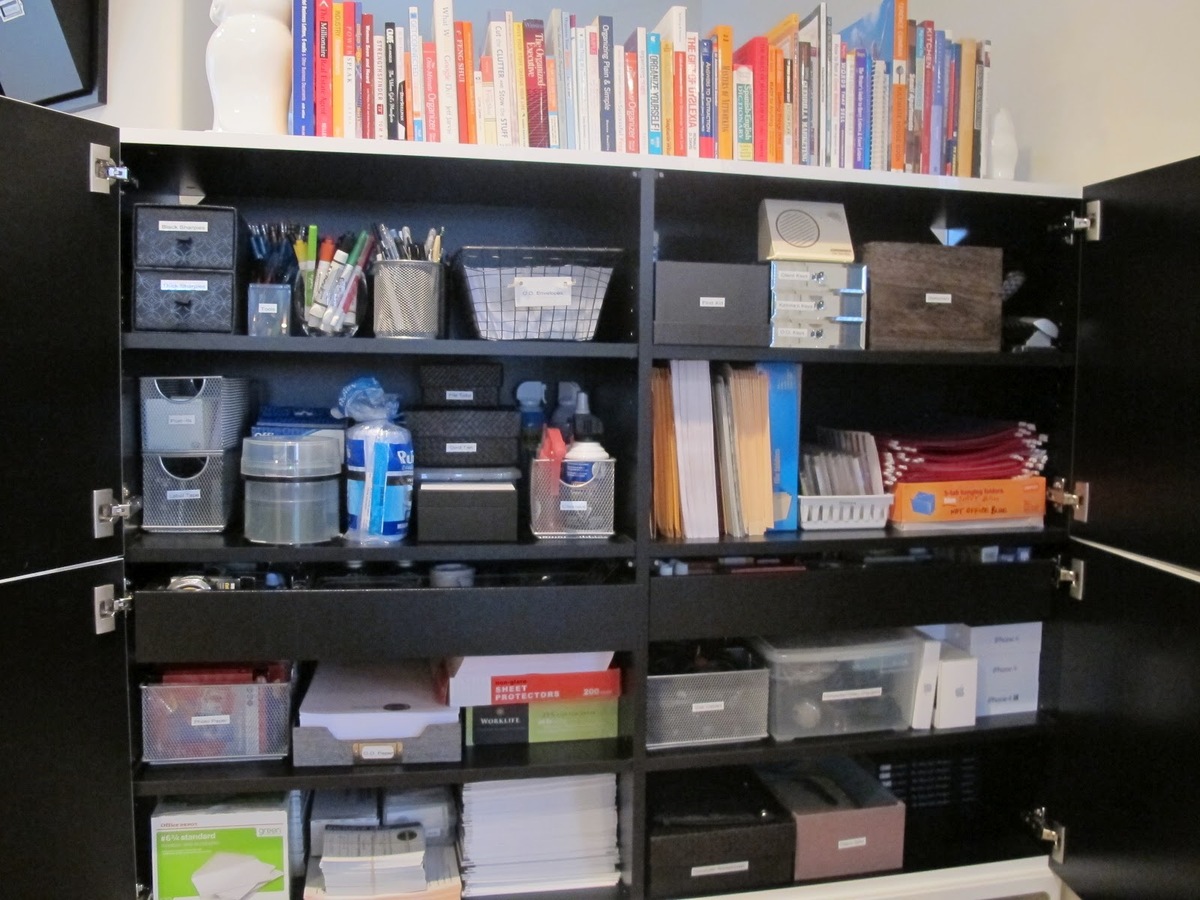

Articles
How To Store Office Supplies At Home
Modified: May 6, 2024
Learn how to effectively store office supplies at home with these helpful articles. Organize your workspace and maximize productivity with simple storage solutions.
(Many of the links in this article redirect to a specific reviewed product. Your purchase of these products through affiliate links helps to generate commission for Storables.com, at no extra cost. Learn more)
Introduction
Working from home has become increasingly common in recent years, and with that, the need for a functional and well-organized home office space has grown. One challenge often faced is efficiently storing office supplies at home, ensuring they are easily accessible when needed.
Whether you’re a freelancer, a remote employee, or a student studying from home, having a well-organized storage system will not only save you time and energy but also help create a clutter-free and productive workspace. In this article, we will provide you with a comprehensive guide on how to store office supplies effectively within your home.
Before diving into the specifics of storage solutions, it’s crucial to take stock of your supplies and evaluate your needs. This assessment will help you determine the amount of storage space you require and the appropriate containers or organizers for your office supplies.
In the next section, we will discuss the steps involved in assessing your supplies and selecting an appropriate storage space.
Key Takeaways:
- Efficiently store office supplies at home by assessing, categorizing, and labeling items. Utilize suitable containers and storage solutions to create a well-organized and accessible workspace.
- Establish a centralized system for office supplies, regularly maintain and update it. Utilize various storage solutions to maximize space and create an efficient home office environment.
Read more: How To Store Office Supplies
Assess Your Supplies
The first step in effectively storing office supplies at home is to assess your inventory. Begin by gathering all your office supplies in one area and take stock of what you have. This includes everything from pens, paper clips, and staplers to notebooks, sticky notes, and printer cartridges.
Once you have everything in front of you, it’s time to declutter. Check for any expired or damaged items and discard them. Evaluate the quantity of each item and consider whether you truly need that many. Be honest with yourself and let go of excess items that are taking up unnecessary space.
After decluttering, categorize your supplies based on their type and frequency of use. For example, you can create categories such as writing instruments, stationery, electronics, and miscellaneous items. This categorization will help you identify the specific storage solutions you need for each category.
As you assess your supplies, also consider your workflow and the tasks you perform regularly. Identify the items you use most frequently and prioritize their accessibility. This will allow you to design a storage system that reflects your workflow and makes those frequently used supplies easily accessible.
By thoroughly assessing your supplies, you will have a clear understanding of what you have, what you truly need, and how to organize them efficiently. The next step is to select a suitable storage space for your office supplies.
Select a Storage Space
Now that you have assessed your office supplies, it’s time to find a suitable storage space within your home. The ideal storage space should be easily accessible, well-ventilated, and free from humidity or extreme temperature fluctuations that may damage sensitive items.
Consider the available space in your home office or any other area where you plan to store your supplies. Look for unused corners, shelves, or cabinets that can be repurposed for storage. Utilize vertical space by installing shelves or hanging organizers on walls to maximize storage capacity.
When selecting a storage space, also keep in mind the proximity to your work area. Having your supplies in close vicinity will save you time and effort, allowing for a smoother workflow. If you’re short on space, consider utilizing multi-functional furniture such as desks or drawers with built-in storage compartments.
Additionally, think about the size and quantity of the supplies you have. Some items may require specific storage requirements. For example, if you have a large collection of books or binders, you may need a bookshelf or a filing cabinet. If you have small items like paper clips or rubber bands, consider using drawer dividers or small containers.
Lastly, consider the aesthetics of your storage space. Opt for storage solutions that align with your personal style and create a visually pleasing environment. This will not only make your home office more appealing but also contribute to a positive and motivating work atmosphere.
After selecting the storage space, it’s time to move on to the next step – sorting and categorizing your office supplies.
Sort and Categorize Supplies
Now that you have a designated storage space, it’s time to sort and categorize your office supplies. This step is essential for creating an organized system that allows for easy retrieval of items when needed.
Start by grouping similar items together. For example, gather all your pens and pencils in one place, paper clips and binder clips in another, and so on. This will help you visually assess the quantity of each item and determine the appropriate storage solution.
Once you have sorted the supplies into broad categories, it’s time to further subcategorize them. For instance, within the writing instruments category, separate pens, highlighters, and markers. This level of categorization makes it easier to find specific items quickly.
Consider the frequency of use when categorizing your supplies. Group frequently used items together for easy access, while less commonly used items can be stored in a less accessible area or labeled as “backup” supplies.
As you categorize, take note of any items that may require special care or storage conditions. For example, delicate electronics or sensitive papers may need to be stored in airtight containers or protected from direct sunlight.
Using clear bins or transparent storage containers can be helpful as they allow you to see the contents without having to open each container. This makes it easier to locate specific items and helps maintain an organized storage system.
By sorting and categorizing your supplies, you’ll have a clear idea of what you have and where it belongs. This brings us to the next step – choosing appropriate containers for storage.
Choose Appropriate Containers
Once you have sorted and categorized your office supplies, it’s time to choose the appropriate containers for storage. The right containers will help keep your supplies organized, protected, and easily accessible.
Consider the size and shape of your supplies when selecting containers. Avoid using oversized containers that take up unnecessary space or undersized containers that make it difficult to organize items. Opt for containers that fit the specific dimensions of your supplies, providing a snug and efficient storage solution.
Plastic bins or storage boxes with lids are a popular choice for storing office supplies. They offer durability, stackability, and protection against dust and moisture. Make sure to choose clear or translucent containers so you can easily identify the contents without having to open each one.
For smaller items like paper clips or thumbtacks, consider using modular drawer organizers or small compartments within larger containers. This will prevent them from getting mixed up and provide easy access to the items.
If you have fragile or delicate items, such as electronic devices or glassware, invest in padded or protective cases to ensure their safety during storage or transport.
Labeling is a crucial step in the container selection process. Use adhesive labels or a label maker to clearly mark the contents of each container. This will make it easier to locate specific items and maintain an organized system, especially if you have multiple containers.
Additionally, consider utilizing drawer dividers or adjustable shelving units within cabinets or drawers. These organizational tools help maximize space and keep items neatly separated, making them easily accessible when needed.
Remember, the goal is to create a visually appealing and functional storage system. Choosing containers that not only meet your storage needs but also complement your home office aesthetics will help create a cohesive and inviting workspace.
With the appropriate containers selected, it’s time to move on to the next step – labeling and organizing the containers.
Use clear storage containers to keep office supplies organized and easily accessible. Label each container to quickly find what you need.
Read more: How To Store Binder Clips
Label and Organize Containers
Labeling and organizing the containers is a critical step in maintaining an efficient storage system for your office supplies. Proper labeling not only helps you locate items quickly but also ensures that everything is returned to its designated place, keeping your workspace clutter-free.
Start by creating a consistent labeling system for your containers. Use clear and legible labels that clearly indicate the contents of each container. You can use a label maker, printable labels, or even handwrite the labels for a personal touch.
Place the labels on the front or top of each container for easy visibility. If you prefer a more aesthetically pleasing look, you can use label holders or frames that attach to the containers.
When labeling, be specific and descriptive. Instead of simply writing “office supplies,” consider specifying the category, such as “writing instruments” or “sticky notes.” This level of detail will make it easier to find specific items and keep the system organized.
As you label the containers, consider the frequency of use. Place frequently accessed items in easily reachable locations, while less frequently used items can be stored in higher or harder-to-reach areas.
Organize the labeled containers in a logical and intuitive manner. Place similar categories together, such as all writing tools or all electronic accessories. This not only facilitates easy retrieval but also adds a visual coherence to your storage system.
Utilize drawer dividers or small bins within larger containers to further organize items within a single category. For example, use dividers in a drawer to separate different sizes of paper or compartments in a container to separate different types of clips or pins.
If you have limited space, consider utilizing vertical storage solutions such as hanging organizers or wall-mounted shelves. These can help save space while keeping your supplies easily accessible.
Regularly assess and adjust your labeling and organization system as needed. As your inventory changes or your workflow evolves, you may need to make adjustments to ensure the system remains efficient and tailored to your needs.
Now that your containers are labeled and organized, it’s time to explore various storage solutions that can further optimize your home office setup.
Utilize Storage Solutions
Maximizing the storage potential in your home office is essential for a well-organized and efficient workspace. By utilizing various storage solutions, you can make the most of your available space and keep your office supplies easily accessible.
Here are some storage solutions you can consider:
- Desk organizers: Invest in desk organizers with compartments to keep frequently used items like pens, sticky notes, and paper clips within reach. This will help declutter your workspace and streamline your workflow.
- Shelving units: Install shelves above your desk or along the walls to create additional storage space. Use them to store books, reference materials, or decorative items. Adjust the heights of the shelves based on the size of your supplies.
- Hanging wall organizers: Utilize hanging wall organizers with pockets or compartments to store small items like notebooks, calculators, or folders. Hang them near your workspace for easy access and to keep your desk clear of clutter.
- Cable management solutions: Tangled cables can create a messy and distracting work environment. Use cable management solutions like cable clips or cable sleeves to keep cords organized and out of sight, promoting a clean and efficient workspace.
- File cabinets or drawers: If you deal with a lot of paperwork, invest in a file cabinet or drawer system. Organize documents, invoices, and important papers in categorized folders or file organizers to easily retrieve them as needed.
- Over-the-door storage: Utilize the back of your office door by installing over-the-door organizers. These can be used to store items like hanging files, magazines, or extra office supplies, freeing up valuable desk or shelf space.
Consider your specific needs and the layout of your home office when selecting the right storage solutions. Utilize vertical space, utilize unused areas, and think creatively about how to make the most of your available storage.
Remember to regularly evaluate and adjust your storage solutions as your needs change. This will help you maintain an organized and functional workspace that supports your productivity.
Now that you have implemented various storage solutions, it’s time to focus on creating a centralized system for your office supplies.
Create a Centralized System
A centralized system is key to maintaining an organized and efficient workspace. By establishing a central location for your office supplies, you can easily access and manage your inventory. Here are some steps to create a centralized system:
- Designate a central storage area: Choose a specific area in your home office where you will store the majority of your office supplies. This could be a bookshelf, a cabinet, or a dedicated storage cart. The central storage area should be easily accessible and able to accommodate the size of your supplies.
- Create designated zones: Within the central storage area, create designated zones for different categories of supplies. For example, have a zone for writing instruments, another for paper and notebooks, and another for electronic accessories. This helps keep similar items together and facilitates efficient retrieval.
- Use containers and organizers: Utilize the appropriate containers and organizers within each zone to further compartmentalize and organize the supplies. This could include drawer dividers, small bins, or magazine holders.
- Label everything: Label each container or zone clearly to ensure that items are returned to their designated spot after use. Use consistent and descriptive labels that clearly indicate the contents of each container.
- Establish a checkout system: If you share the home office space with others, consider implementing a checkout system for shared supplies. Create a logbook or use a digital tool to track who borrowed which items and when they were borrowed. This helps prevent items from getting misplaced or lost.
- Maintain inventory control: Regularly assess your inventory and restock supplies as needed. Keep a running list of items that need replenishing and set a regular schedule for restocking. This ensures that you always have the necessary supplies on hand.
Having a centralized system not only promotes organization but also fosters a sense of accountability and responsibility for managing the supplies in your home office. It allows for efficient workflow and reduces the time spent searching for items.
As you create your centralized system, always consider your individual needs and work style. Customize the organization and setup to suit your specific requirements and ensure that it supports your productivity.
With a centralized system in place, it’s important to maintain and update it regularly to optimize functionality.
Maintain and Update Regularly
Maintaining and regularly updating your storage system is vital to ensure its longevity and effectiveness. By dedicating time to organize, declutter, and update your office supplies regularly, you can prevent chaos and maintain an efficient workspace. Here are some key steps to follow:
- Schedule regular maintenance: Set a recurring date or time interval to dedicate to maintenance tasks. This could be weekly, monthly, or quarterly, depending on the size of your inventory and your personal preference. Use this time to reassess your supplies, declutter, and make any necessary adjustments to your storage system.
- Declutter and remove unnecessary items: Regularly go through your supplies and remove any items that are expired, damaged, or no longer needed. Keeping only what you use and need will help free up space and maintain an organized system.
- Reassess storage solutions: As your needs change or your inventory fluctuates, reevaluate your storage solutions. Consider if certain containers or organizers are still effective and if any additional storage options would better suit your supplies. Make adjustments as needed to optimize your storage system.
- Update labels: Over time, the contents of your containers and zones may change. Update labels accordingly to reflect any modifications. This will help you quickly locate items and maintain a clear understanding of what is stored in each container.
- Reorganize when necessary: If you find that certain items consistently end up in the wrong place or are difficult to access, consider reorganizing your storage system. Be flexible and open to making adjustments that improve the efficiency of your workspace.
- Regularly restock supplies: Keep track of items that need to be replenished and set a schedule for restocking. Revisit your inventory checklist during maintenance sessions and ensure that you have an ample supply of essential items readily available.
- Regularly clean and tidy up: Alongside maintaining your storage system, it’s important to keep your workspace clean and tidy. Regularly dust off shelves, wipe down containers, and remove any clutter that may accumulate. A clean environment contributes to a more productive mindset.
By incorporating regular maintenance and updates into your routine, you can ensure that your storage system remains efficient and supports your productivity in the long run. Remember, organization is an ongoing process, and investing time and effort into maintaining it will pay off significantly in the long term.
Now that you have all the strategies for effective storage, it’s time to implement these practices and enjoy a well-organized home office environment.
This concludes our guide on how to store office supplies at home. By following these steps and consistently maintaining your storage system, you will create a clutter-free, organized, and productive workspace where you can easily access your supplies whenever you need them.
Read more: How To Store Cards
Conclusion
Effective storage of office supplies at home is essential for creating a productive and organized workspace. By following the steps outlined in this guide, you can establish a well-designed storage system that not only keeps your supplies easily accessible but also enhances the overall functionality of your home office.
Assessing your supplies, selecting a suitable storage space, sorting and categorizing supplies, choosing appropriate containers, labeling and organizing containers, utilizing storage solutions, creating a centralized system, and maintaining regular updates are all crucial elements to consider when storing your office supplies at home.
By taking the time to declutter, categorize, and label your supplies, you can ensure that everything has its designated place, making it easier to locate items quickly. Implementing storage solutions such as desk organizers, shelving units, and hanging wall organizers can help maximize your storage space and improve the efficiency of your workflow.
Creating a centralized system with designated zones and regularly updating and maintaining it is key to sustaining an organized workspace. Regularly decluttering, reevaluating storage solutions, updating labels, and restocking supplies will help keep your storage system optimized and functional over time.
A clean and organized home office space not only makes it easier to find what you need but also promotes a sense of calm and clarity, allowing you to focus on your work without unnecessary distractions.
Remember, the key to maintaining an efficient storage system is consistency. Set aside regular time for maintenance and updates, and be diligent in keeping your workspace tidy and organized.
By implementing these strategies and maintaining a well-organized storage system, you can enjoy a clutter-free and productive home office environment that supports your work and enhances your overall well-being.
Now, it’s time to put these ideas into action and create a storage system that works best for you. Good luck!
Now that you've mastered how to stash office supplies efficiently, why not extend that know-how to other areas of your home? Dive into our article on the best solutions for organizing with fabric storage cubes. They're ideal for keeping any area neat, contributing to a well-organized and peaceful environment. With practical yet chic options available, your journey toward a tidy home is just around the corner.
Frequently Asked Questions about How To Store Office Supplies At Home
Was this page helpful?
At Storables.com, we guarantee accurate and reliable information. Our content, validated by Expert Board Contributors, is crafted following stringent Editorial Policies. We're committed to providing you with well-researched, expert-backed insights for all your informational needs.
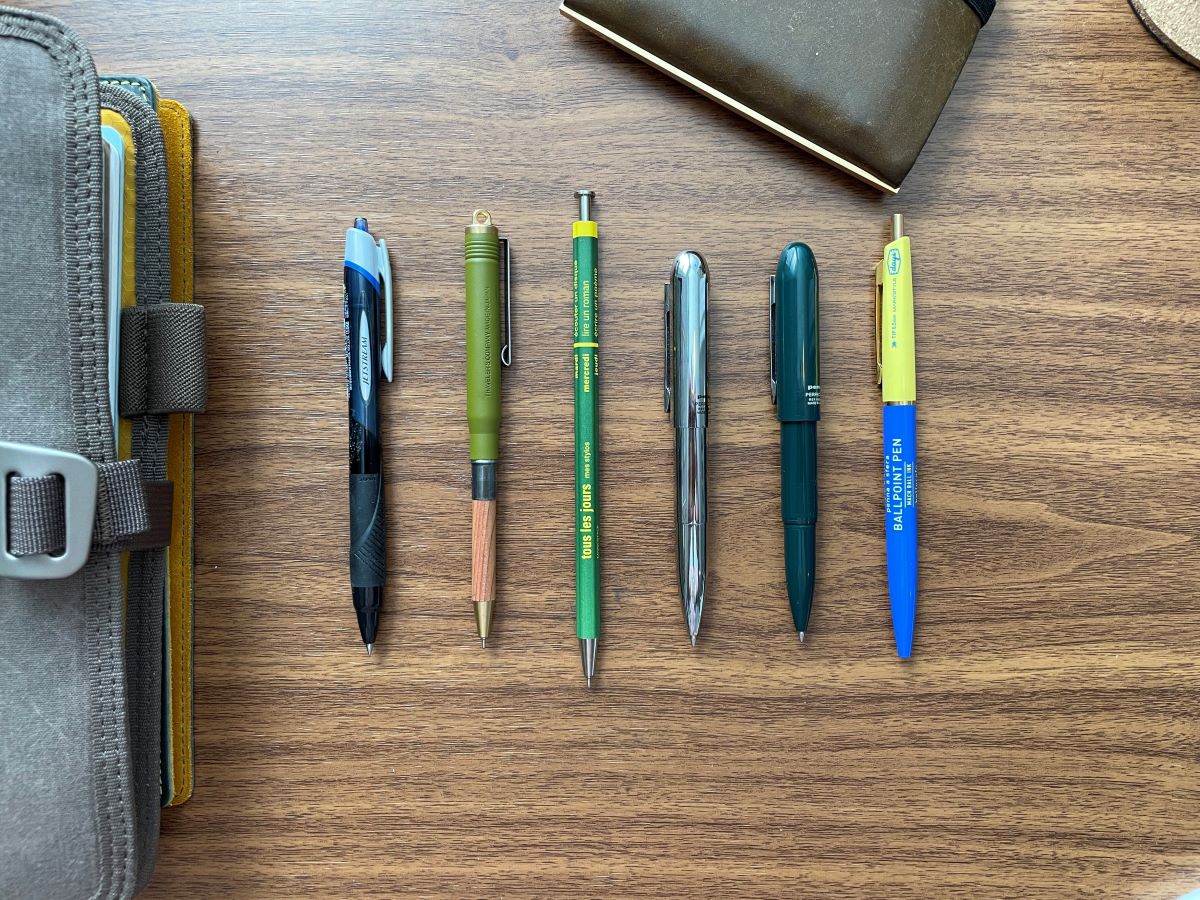
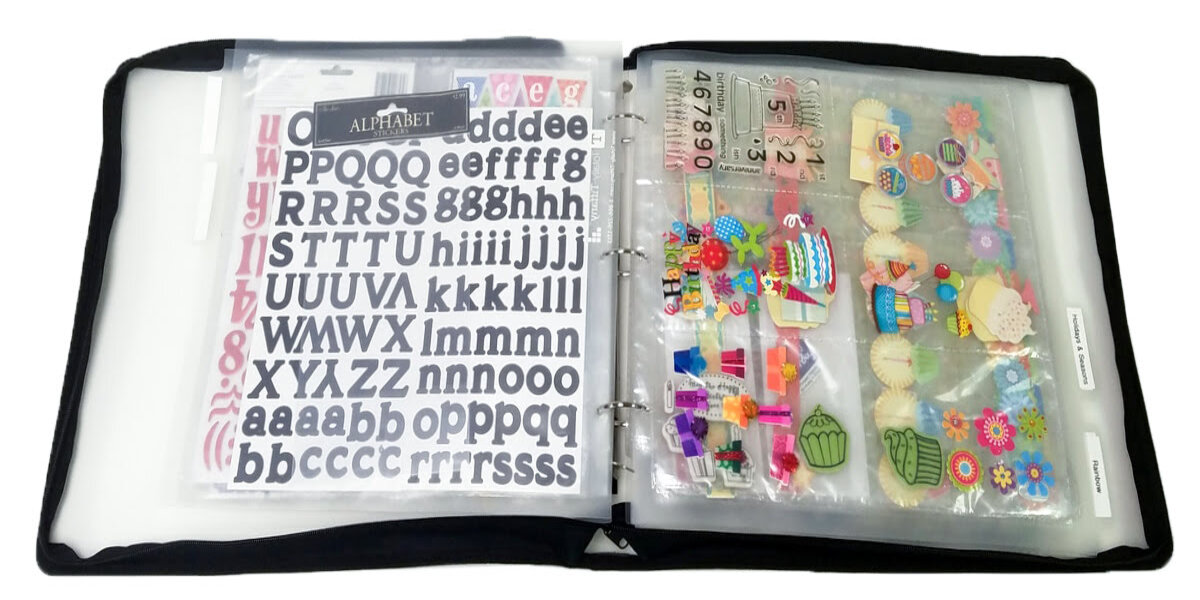
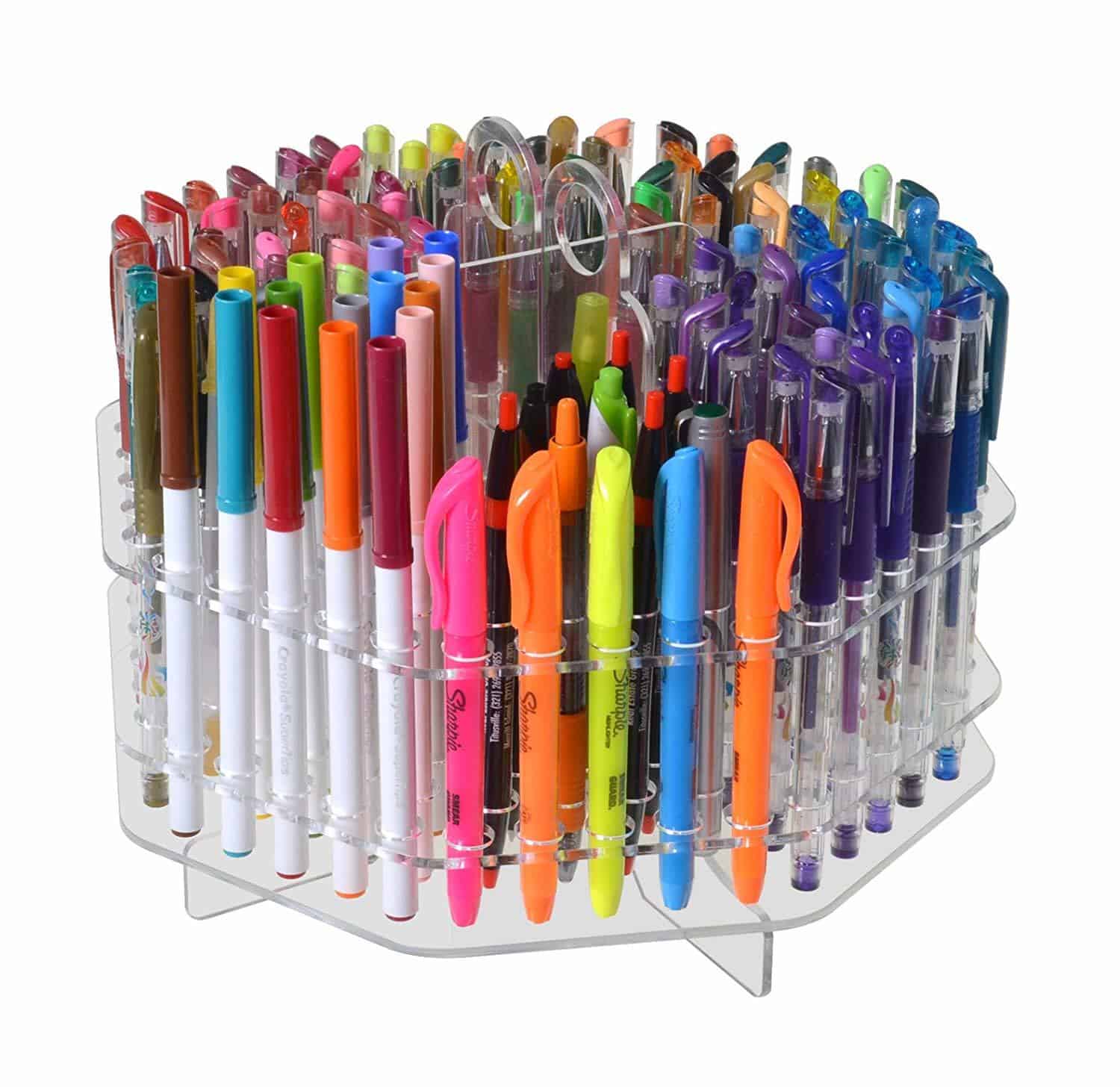
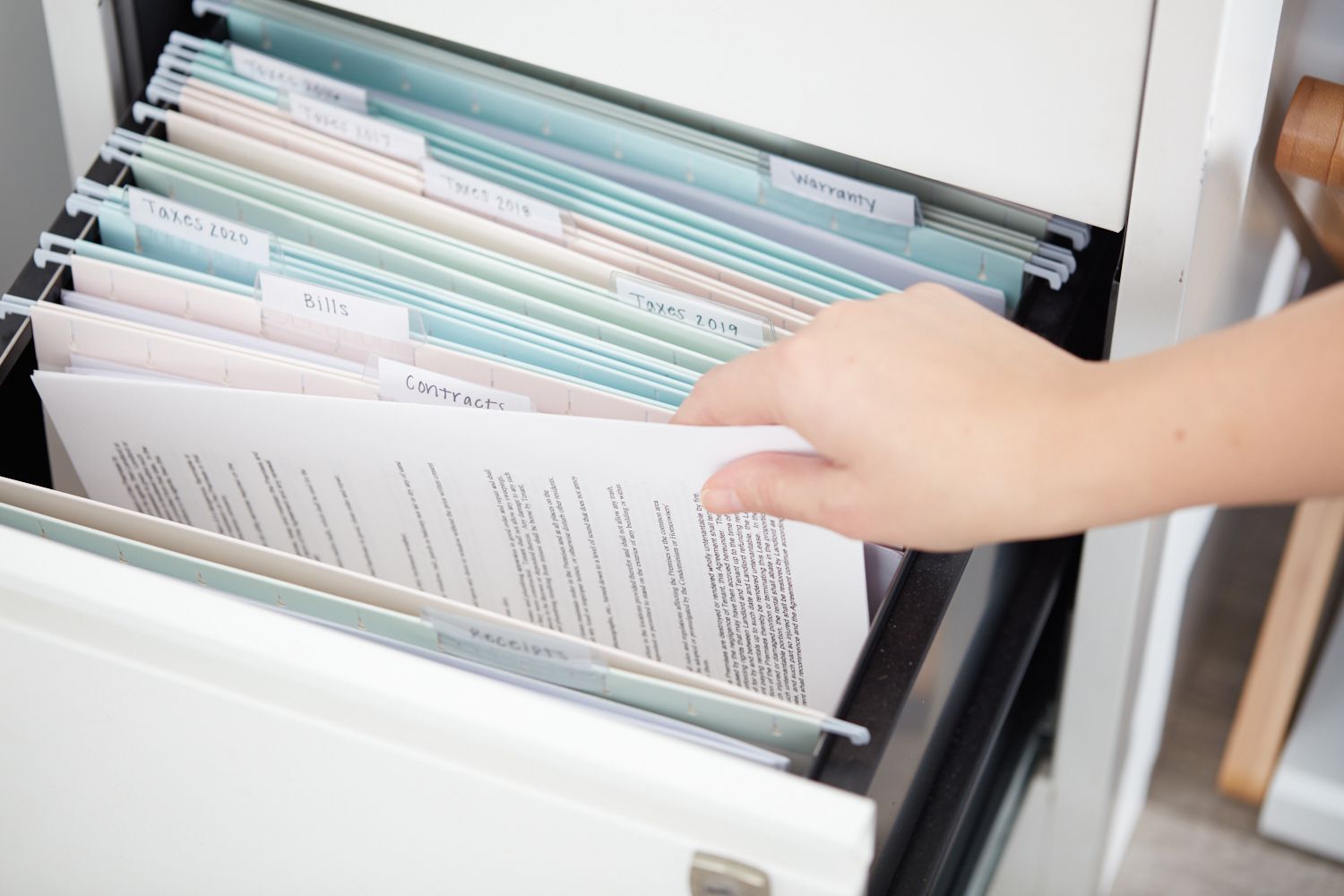

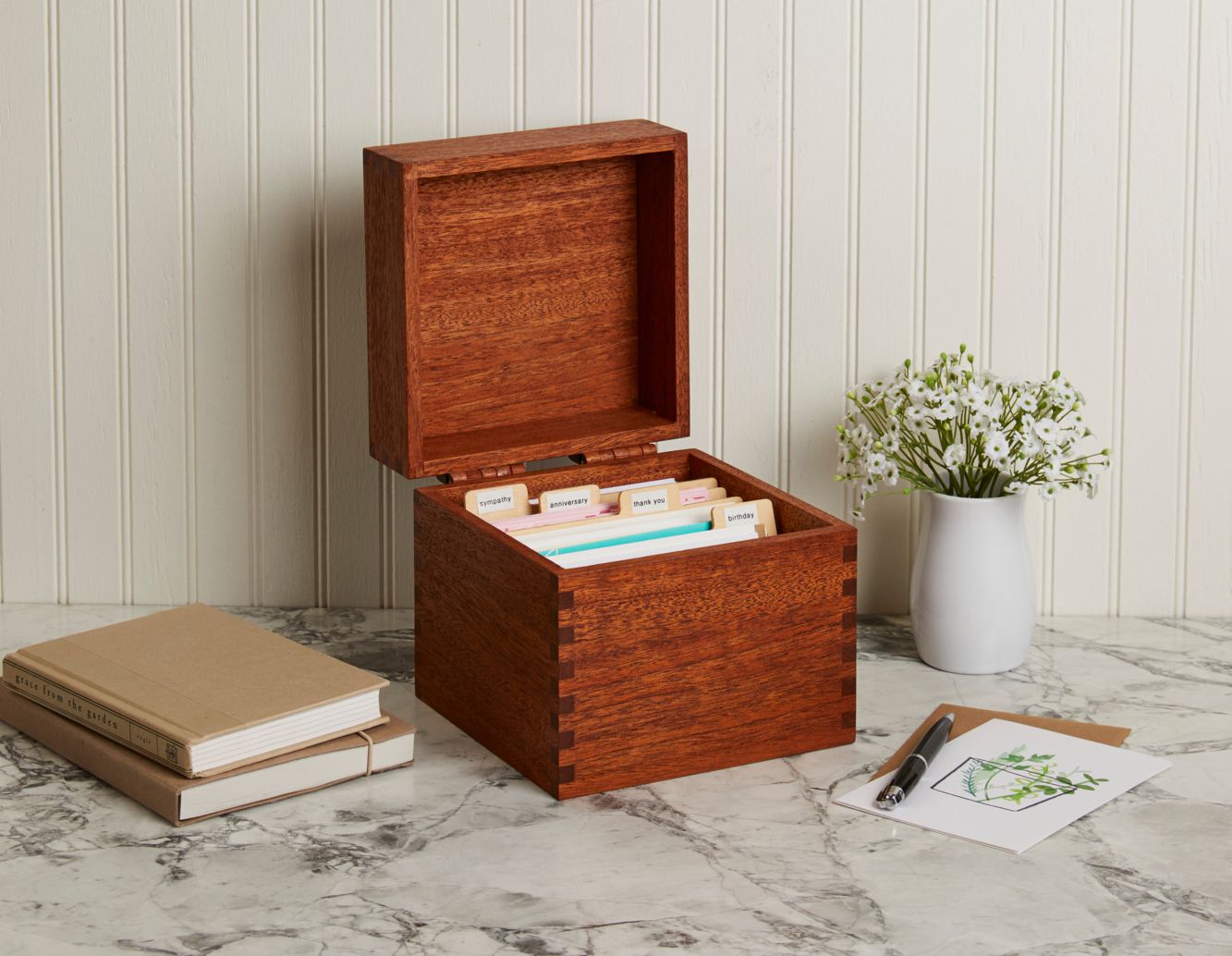




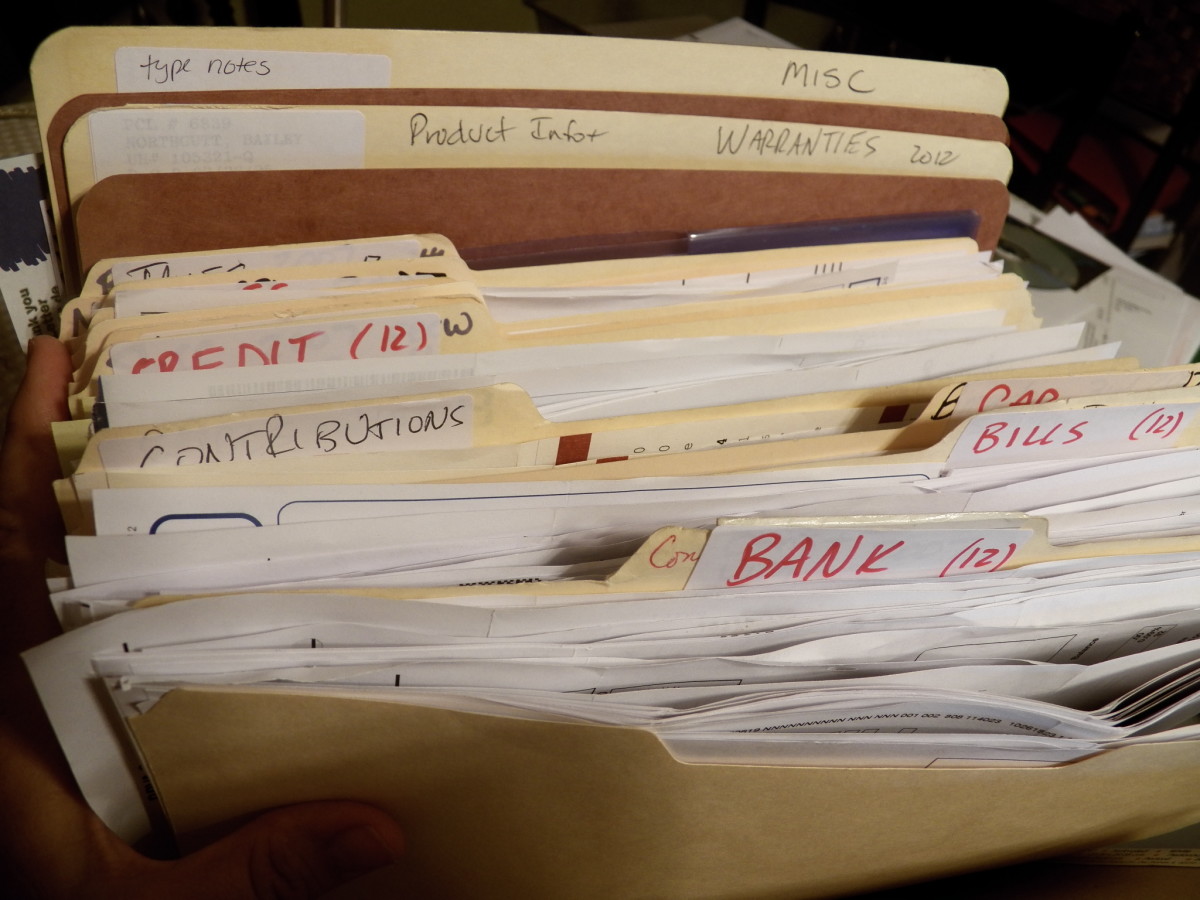
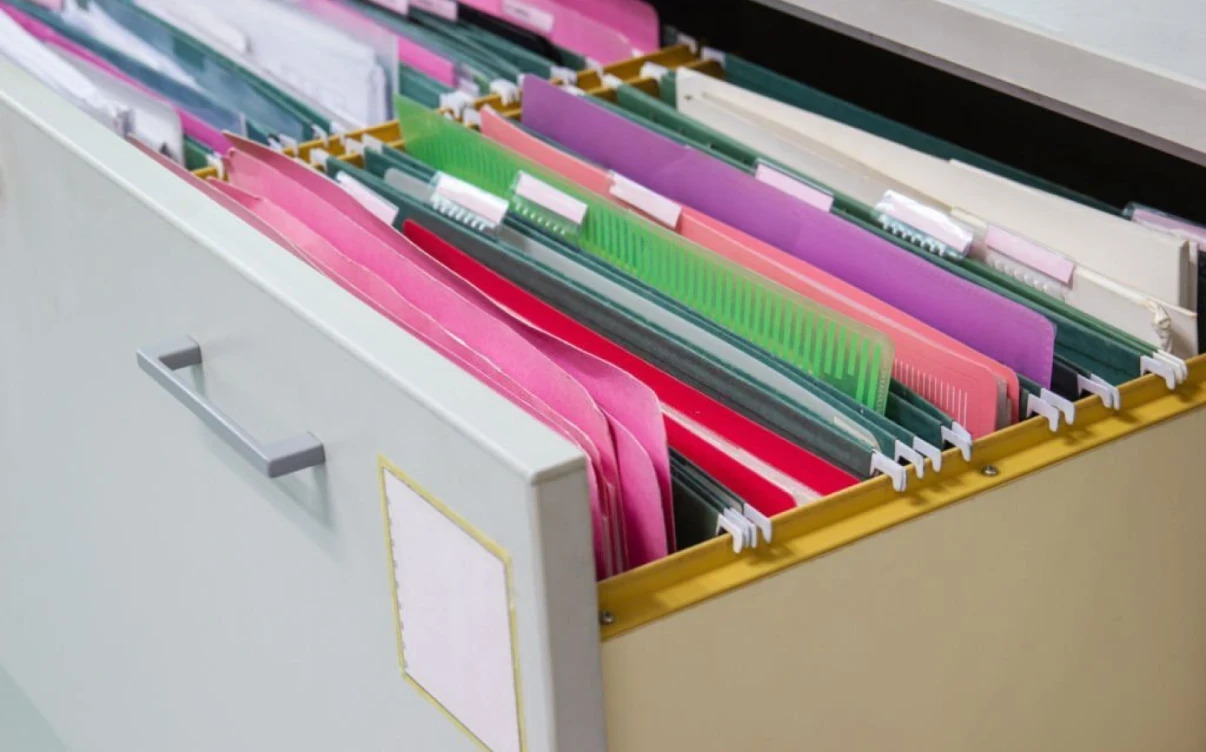
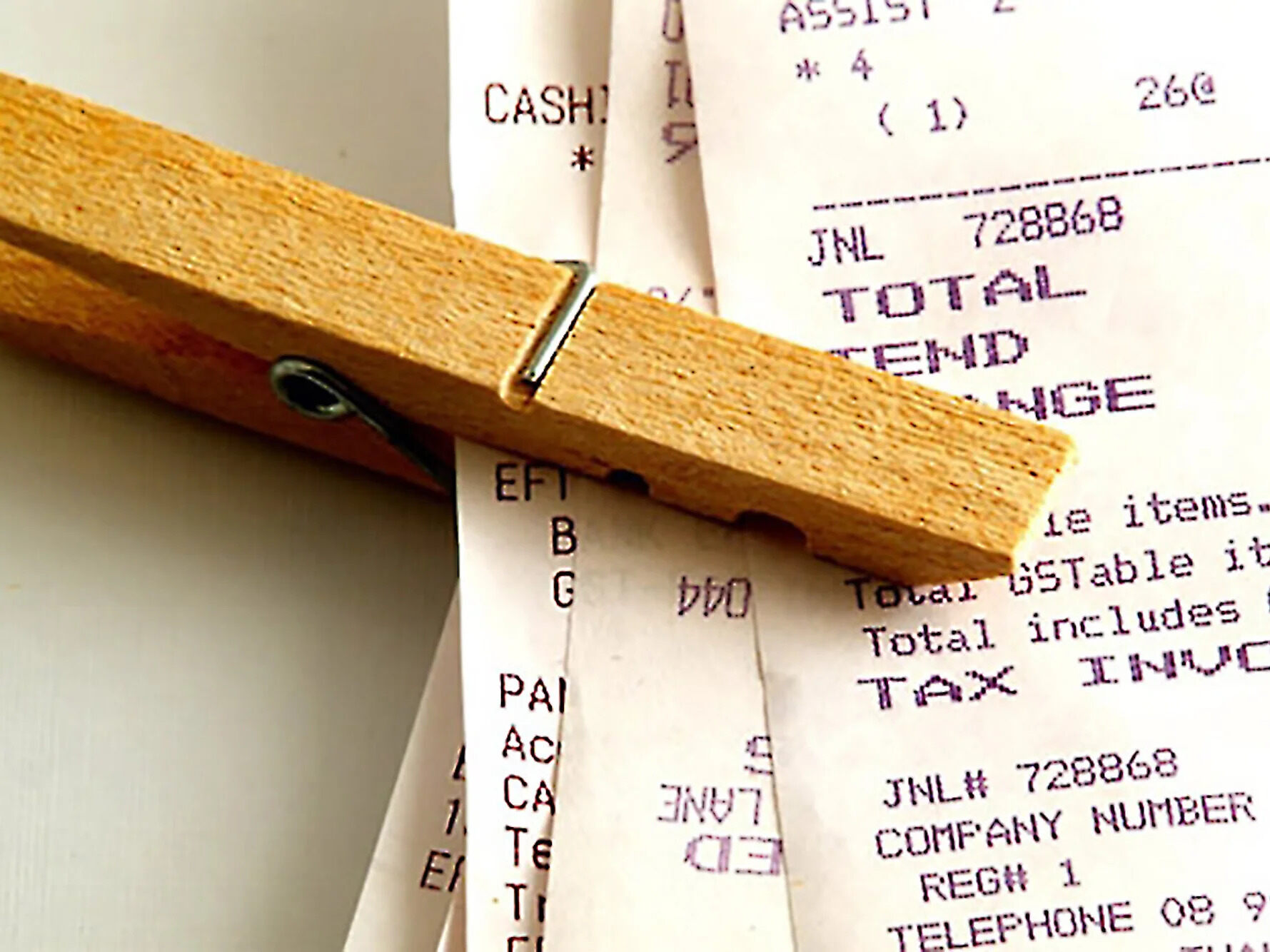

0 thoughts on “How To Store Office Supplies At Home”